Many years ago, when Nicholas Cage had not become the king of the rotten film, there was a work called "King of War", which talked about the arms dealers of the world. The film, whether it is a poster or a scene design, contains the spicy satire of the leftist intellectuals.
The ending subtitles are even darker into the sky: "The five sellers with the largest sales volume in the international arms market are the United States, Russia, Britain, France and China, which are the five permanent members of the UN Security Council." Objectively speaking, this conclusion is not correct, and this film has a lot of deviations from the understanding of military industry and arms trade.
â–¼ "King of War" poster
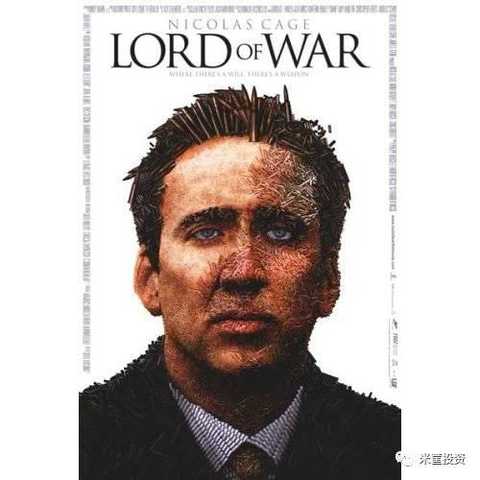
But for the vast majority of Chinese, the arms trade is originally a fantasy that can only be seen in movies; and the military system that carries the military industry behind it seems to be only a military parade on the military parade, or a stockholder. We are talking about a few blue chip stocks.
In fact, this is a huge and vital industry, and a new round of industry changes has begun.
1
The arms trade is prosperous, and big countries are among them.
Let us look at the changes in the past ten years.
In 2005, the actual export volume of world arms was only $30.83 billion. Next, the global arms export volume increased steadily every year until the 2008 financial crisis broke out. Even at the most severe stage of the global economic crisis in 2009, global arms exports fell by only $2 billion compared to 2008. By 2010, the total global arms export volume quickly rebounded to 54.366 billion US dollars, and in 2011 it became 62 billion US dollars, 2012 62.264 billion US dollars, reaching the peak of the calendar year, drawing a perfect upward curve.
â–¼2005-2012 Global Arms Exports
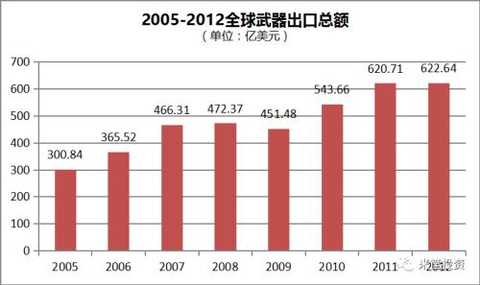
According to the evaluation of the International Arms Trade Analysis Center, as early as eight years from 2005 to 2012, the total amount of global arms export orders has exceeded 532.78 billion US dollars. Among them, the total amount of actual arms exports during the time period is 384.35 billion US dollars - that is, more than 148.5 billion US dollars is still only contract orders, and will continue until the next period.
The US and the polar bears control more than half of the international arms market. From 2006 to 2010, these two countries accounted for more than 53% of global arms exports, of which the US emperor accounted for 30% and the polar bears about 25% (statistics) The caliber is slightly different).
According to the Stockholm International Peace Research Institute, between 2006 and 2010, the largest arms exporting country outside the US and the polar bears was Germany, accounting for 11%, France accounting for 7%, and the UK accounting for 4%.
In 2012, China’s arms exports increased by 162% compared with 2008, and its share in the international arms market increased from 2% to 5%, thus surpassing the UK and occupying the fifth place in the global arms export. . At this point, the big countries are among them, but they are still not what the King of War says.
▼ mention the classic pictures that must be used in China’s arms sales
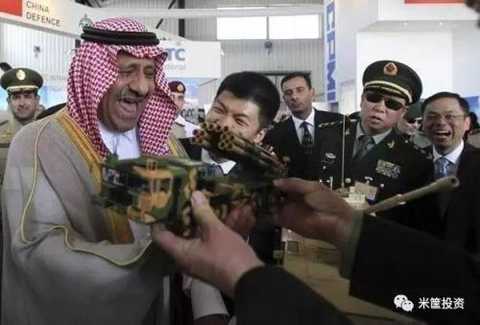
Between 2008 and 2012, countries in Asia and Oceania accounted for 74% of China's arms exports, and Africa accounted for 13%; while China's largest arms exporters were Pakistan, directly accounting for 55% , Myanmar accounting for 8%, and Bangladesh accounting for 8%. To 7%, a total of 30% in other regions - so, the reason why "Batie" is "iron" is also a reason.
As early as 2011, China’s arms trade exports have reached as many as 57 countries, and our customers are full of the world. However, China’s arms trade is more focused on the important tools for adjusting foreign relations, rather than pure capital profit.
This can also explain why “Made in China†does not flow to the hotspots with turbulent conditions and strong demand to “ignite the windâ€. The main arms trade export destination countries are Pakistan, Bangladesh, Myanmar, Thailand and other strategically important and resource-rich traditions. Good neighboring countries. There is probably an exception during the Iran-Iraq war.
â–¼1950-2013 China's total exports of military products
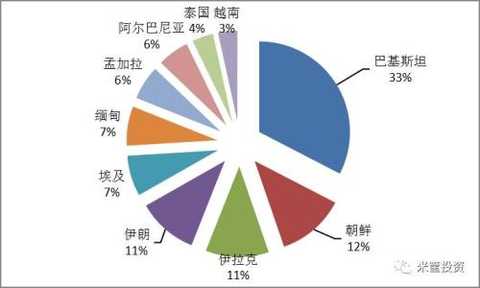
Source: ISPRI Database
However, the seemingly infinite arms trade is actually only a small part of the military system of each country.
2
The heavy weapon of the country, both inside and outside
In fact, the weapons and equipment used for export are almost certainly not the most advanced.
The US imperialist always tried to sell its own obsolete goods to our Taiwan compatriots. The performance flaws of the F-104 fighters in the past made the Taiwanese "air force", which was already thin, a big accident that was ruined by Taiwan. The region purchased and received more than 200 F104s in 35 years, allegedly smashing 96 sorties, 64 dead pilots, and a loss rate of more than 30% - this type of aircraft is also known as the "widow maker."
â–¼ Taiwan "Air Force" F-104
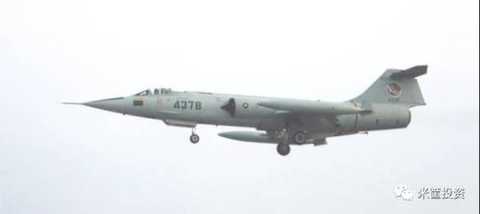
Xu Niansha, chairman of the Poly Group, one of the largest companies in China’s military exports, also deeply remembered: "Mr. Rong Yiren proposed that we and the General Staff Department will sell these old equipment to the countries in need in a corporatized form. And the region, but also for the modernization of this army... to try to introduce some new equipment." In other words, it is to sell our obsolete goods to the poorer and more desolate Asian and African brethren, and to enhance friendship.
It is also because "good goods" can not be bought, so a strong country must have its own military industrial system. The incompleteness of the military system sometimes brings many seemingly inconspicuous situations, but in reality it is extremely embarrassing. For example, looking back at the counter-attack war against Vietnam in 1979, many people may not notice that most of the soldiers on our army have no helmets. Until the end of the Cultural Revolution, China’s military military system could not The mass production of military steel helmets - right, is the kind of steel helmets used by ordinary soldiers who have been equipped with strong powers in World War II decades ago.
â–¼In 1979, Chinese soldiers wearing 65-style cloth caps
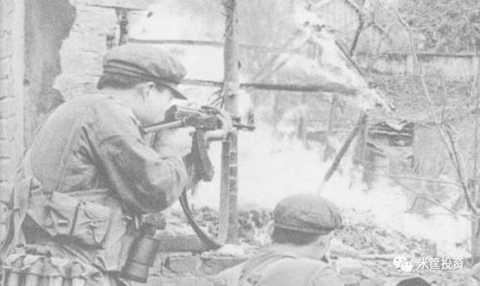
In modern times, the powerful countries led by the US imperialism and Su Xiu have had the process of gnashing their teeth to establish their own military industrial system. Even a country with a small land area such as Israel has to go through such a battle because of its strong enemy. And this process fell to China, which was originally thin, and it seemed to be exceptionally difficult.
At this time, there must be a person to take the hand and finger the way, that is, big grace, great influence. Under the policy of “one-sided†at that time, the Soviet Union’s big brother brought a lot of experience and technology of his own development to China. Among them, the Soviet comrades made contributions to the foundation of China's industrial system, especially the foundation of the military industrial system.
â–¼Zhongsu "Honeymoon Period" Poster
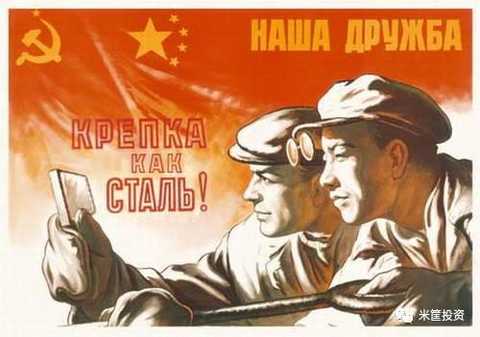
Thus, China's military industrial system, that is, the military system, largely inherited the Soviet system, structure, and operational management model. On the one hand, the government has agencies in charge of the national defense science and technology industry, and the military also has specialized weapons and equipment acquisition and management institutions; on the other hand, military research and production units are all state-owned and state-owned, and are not for profit at all; Research and design institutes and equipment manufacturing enterprises are all affiliated to each other and are scattered throughout the country in accordance with the requirements for war preparation.
It is undeniable that this set of military systems supports a poor and white Chinese national defense cause until today. However, its drawbacks are also becoming increasingly prominent.
3
Small differences in ideas, big differences in results
The United States and Su Xiu fought for half a century, and finally ended with the collapse of the Soviet Union.
The reason for this is a thousand things. However, Su Xiu’s looming “first army†policy and the operation of a huge military system are not necessarily one of the reasons.
Compared with the US military's military industrial system, you can know a little.
The US military system that has money to make money
There are tens of thousands of companies and dozens of military research institutions in the US military system, but the core is dozens of large monopolies. The military research units, industry and universities are the three pillars of the US military system. The military research units are mainly engaged in applied research and advanced technology development. The university mainly undertakes basic research, while the industrial sector mainly carries out engineering research on weapon models. And production.
Most of the US defense-related projects are undertaken by the private sector. As early as 1987, the proportion of scientific research budget allocation in the fiscal year was 22.8% for government research departments, 71.3% for industry, 3.72% for universities, and 2.2% for federal contract research centers. Later, the proportion of scientific research distribution in the past years is so different. Big. From the data alone, the production of military industrial weapons and equipment is almost entirely dependent on military factories and merchants.
70% of military weapons and equipment research and more than 90% of production are carried out by private industrial enterprises. Enterprises that account for more than one-third of all industrial enterprises involve military production in their production and production activities; while more than 80% of the core enterprises producing military products produce both military products and civilian products, and most of them are listed companies.
There are three reasons why private companies are so active in the military system business, research and production:
First, the profits are high, and the profits of military enterprises are much higher than the profits of civilian products of comparable size. The US Navy’s analysis of the 20 largest contractors shows that in the 20th century, the average profit of defense contractors exceeded 24%, while the average profit of civilian companies was only 12%;
The second is the support of government funds or subsidized investment. According to the military procurement system of the US Imperial Defense Department, if government funds are used for military product development, the contractor’s expenses will be fully reimbursed if they fail, and the contractor will not be responsible for the loss. Obtain military orders, obtain patent rights for new technologies, and enjoy the huge benefits of technology spillover effects;
Third, the use of military industry projects to accumulate enterprise R&D and production experience can achieve core competitiveness.
In short, it is the common interests and the market clearing.
Large-scale Soviet-style military system
The Soviet Union chose to accelerate and prioritize the development of heavy industry on a relatively backward basis, and it must be enforced by the planned economic management system. The basic requirements of the state for the military industry are mainly to achieve social benefits in a political sense, not to focus on economic benefits, or even to exclude costs. Therefore, Su Xiu’s military system is rapidly developing under the protection of the power of the whole country.
Its primary feature is the development and production of the administrative division of labor, and resolutely implement the mandatory plan. Su Xiu has nine defense industrial departments to form a military industrial system to carry out the development and production of various military products, as shown in the following table. Military enterprises and research institutions do not have autonomy, but are completely obeyed by the prescriptive plans formulated and issued by superiors. Each defense industry department implements a strict administrative division of labor according to different fields of weapons and equipment, and each is responsible for the research, development, testing and production of weapons and equipment in the field, forming an independent and rigorous system.
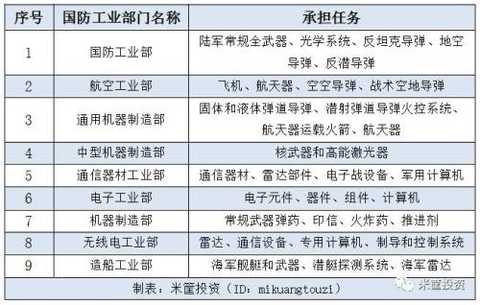
The second characteristic is that the huge and rapidly expanding military system has high operating costs, because large investment and large cost bring "bright eye" products, but not necessarily "economic." Between 1965 and 1980, Su Xiu’s national income grew at an average annual rate of 3.8%, while military spending increased by an average of about 5%. Su Xiu’s annual GDP of 12-24% was used for military purposes, making the military system an absolute priority. The status further squeezed the limited technical resources and human resources, further aggravating the operation of the social and economic sectors.
The famous Mi Gaoyang Design Bureau, the Ruby Design Bureau, the Ural Industrial Group and other military units all have advanced works with "bright eyes". However, these works pursue performance without considering marketization costs, and ultimately produce a large number of high-performance, high-cost "violent aesthetics" monsters.
In the case of the US Emperor trying to reduce the weight of the aircraft, the Mikoyan Design Bureau developed the MiG 25 fighter with a stainless steel as the main structure and a weight of 15 tons. The extremely sturdy engine performance of this fighter makes it possible to break through the Mach 2.5 thermal barrier and has produced many world records for rapid climbs. One of them is that this 15 ton large iron block climbs vertically like a rocket! ! The price of this super action is that the engine is quickly scrapped. Su Xiu does not seem to care about this.
â–¼Stainless Steel - MiG 25 Fighter
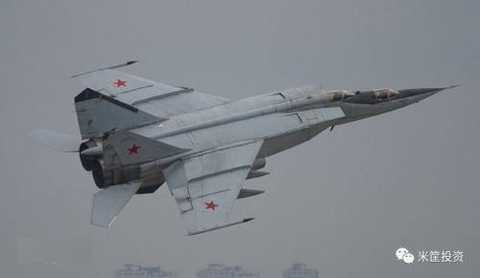
The long-term distortion of resource allocation and the artificial separation of the links between industrial organizations have made the overall production efficiency continue to be low. On the one hand, there is a large investment, and while the output is insufficient, the "incompetence" has finally weakened the foundation of the economy.
The third characteristic is that it is significantly affected by leadership preferences. Under the radiance of the great leader like the sun, there will always be embarrassing shadows. The supreme commander's likes and dislikes can determine the survival of a glorious industry.
Comrade Stalin, the great leader, attached great importance to artillery and called the artillery "the god of modern warfare." Thus, under his influence, the quantity and quality of the Soviet military system's artillery development and production continued to increase, providing tens of thousands of 122mm howitzers, 155mm howitzers and rockets for the Soviet Red Army, made during the Soviet-German war. A major contribution.
But after the war, the new leader Khrushchev did not like the artillery and was keen on missiles. He called the artillery "prehistoric technology" and asked the artillery design bureau and enterprises to study only the missile content. As a result, the entire industry has been hit hard – the transformation of the research institute, the loss of personnel, the production line closed and abandoned, the company changed production... and Khrushchev stepped down, the artillery industry immediately revived the second spring, but during this period, countless people and property No waste, no one is sorry.
â–¼ Khrushchev is still very well-behaved in front of Stalin
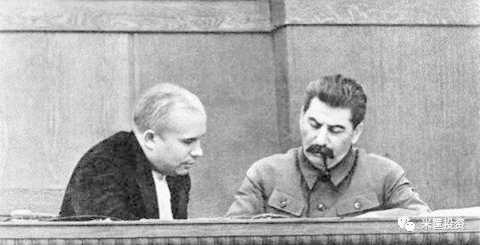
In short, the US imperial policy is somewhat similar to the "water and fish farming", fully mobilizing the enthusiasm of private capital and technical forces, both military and civilian, and the meaning of "fighting and fighting war", the monopoly of the disease is increasingly prominent, but The overall realization of "sustainable development"; Su Xiu's policy is the official all-inclusive, the military industry continues to squeeze to seize social resources, and ultimately become an increasingly heavy burden, and ultimately unsustainable.
4
Military and civilian integration, new changes in the rules of the game
In our country's traditional military system inherited from the Soviet Union, the superiors stood at the height of the overall situation and politics, and demanded that the various departments of the military system only need to follow the lead of the task to develop, the results are never lacking, but the problems are gradually becoming prominent. ——The distribution is remote, the division is divided, the painting is fixed, the construction is repeated, and the social benefits are not high.
In recent years, the central government has clearly proposed to engage in "military and civilian integration." President Xi Jinping’s positioning of the military industry is very clear: it is a national strategic high-tech industry and a backbone of national security and national defense security. National defense technology and weapons and equipment are the focus of military-civilian integration and a sign of the deep development of military-civilian integration.
To put it bluntly, this is to say two things:
First, the military industry must develop independently. This is the lifeline! In recent years, the æ¼-20, the Universiade, the domestic warships are successively launched like dumplings, which is the horn of the times and the opportunity for the great development of the industry.
Second, the rules of the military industry must change! From a system similar to the Soviet military system, with reference to the merits of the US military system, it is necessary to fully introduce market resources and social resources into this strategic field, introducing new players and new rules, so that traditional players can no longer sit on the ground, " Building a car behind closed doors."
"Military-civilian integration" is to maximize the advantages of civilian, private science and technology, enterprises into the military industrial system, form a large pattern of deep integration of military and civilian resources, through reform and layout, build a military-political consistent, military-civilian unified management system to achieve the military system Synchronized with the national economic development.
Many units in the system that are accustomed to the traditional division of labor are still doing the "spring-and-mild integration" dream of the Spring and Autumn Period, thinking that their status has been further improved, and Party A can point to the private resources. As everyone knows, in this round of efficiency-oriented reforms, these units and departments are the first to bear the brunt! Now gradually introduce the "wolf group", the market-based survival of the fittest, the enterprise-led social intellectual resources, production resources will gradually replace it and become the backbone of the military system.
In this sense, the military industry related industries can continue to pay attention in the coming years. If you can meet a small company or a small company that can master the key technologies of "people to the army," you may be a huge potential investment.
Of course, the Chinese stock market has always been a pit, and investment is risky and must be cautious.
Rayon Jacquard Fabric,Rayon Jacquard,Rayon Jacquard Material,Jacquard Rayon
Shaoxing Yuezan Textile Co.,Ltd , https://www.yuezantextile.com